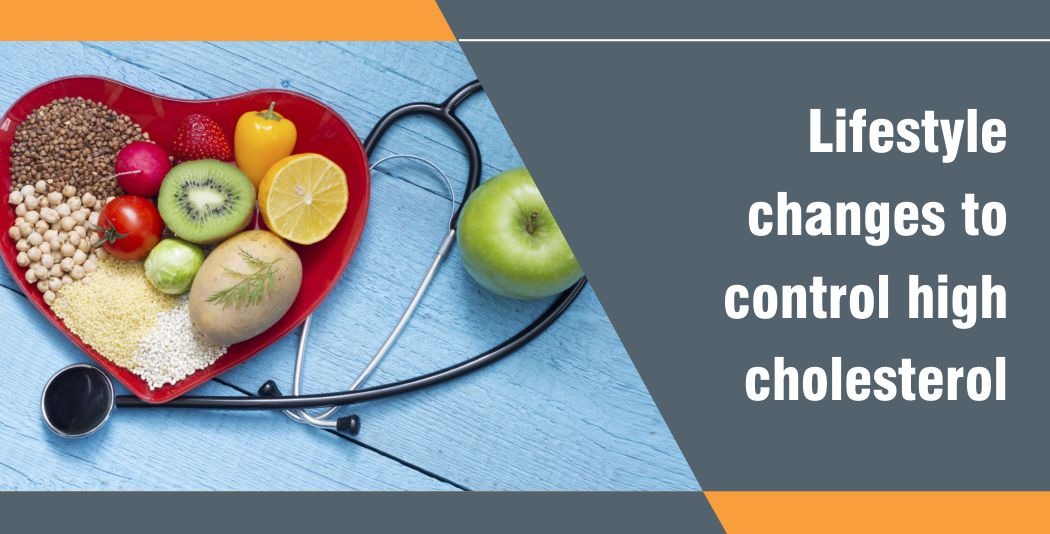Signs of High Cholesterol | Four Tips for Managing at Home
Signs of High Cholesterol | Four Tips for Managing at Home
Many people are acquainted with the term high cholesterol, but they’re often unaware of what cholesterol actually is. Cholesterol is a waxy, fatty substance found in your blood. It can build up for various reasons, such as your diet and activity levels.
High cholesterol often goes undetected due to the lack of visible symptoms, so it’s important to be aware of the contributing factors before it results in further health issues. Abnormally high levels can increase the risk of developing serious conditions, including heart disease and increased risk of stroke. Fortunately, high cholesterol is preventable. In this article, we’ve put together some helpful tips for managing the signs of high cholesterol:
Signs to look out for
The reason high cholesterol levels often go undetected is that most people won’t display any symptoms. For this reason, it’s important to acknowledge the factors that put you at risk and arrange to get checked out by your doctor if you’re concerned.
Symptoms are usually only noticeable when high cholesterol causes a more serious issue, such as a heart attack or stroke. This prompts doctors to find out the cause, which often results in high levels of cholesterol being detected.
Tips for managing your cholesterol at home
Exercise: There are two kinds of cholesterol – high-density lipoprotein (HDL) and low-density lipoprotein (LDL). HDL is considered the “good” cholesterol and LDL is the “bad”. Partaking in physical activity has been shown to increase levels of HDL in your blood, which consequently helps to remove fat from your arteries.
Diet: The food that you consume plays a huge role in the maintenance of healthy cholesterol levels. You should try to avoid foods that are rich in saturated fats, such as red meat and dairy products, but it’s also important to monitor your sugar intake. If you consume too much sugar, your LDL levels (the “bad” one) will increase, clogging your arteries.
Smoking: If you’re a smoker, taking steps towards quitting can have a significant impact on your cholesterol. Even immediately after quitting, you should start to see signs of improved heart rate and blood pressure. After a few months, there should be a noticeable difference in your lung capacity. Smoking already puts you at high risk for serious health conditions, but the resulting impact on your cholesterol can further exacerbate the risk.
Weight: It’s common knowledge that being overweight puts strain on your cardiovascular health, but it can also increase your chances of having too much LDL in your blood. If you take our advice and adopt a healthy diet and regular exercise, you should gradually lose weight on your own.
Unfortunately some risk factors are out of our control, such as those who are genetically predisposed to developing high cholesterol levels. However, if that is the case, it’s even more important to take an active part in monitoring those levels. With adequate care and attention, cholesterol levels can be easily reduced to a healthy standard, as long as you keep on top of maintaining healthy habits.


